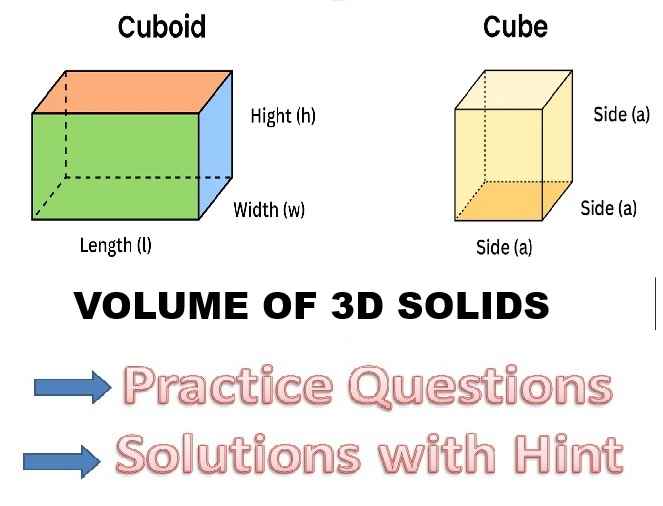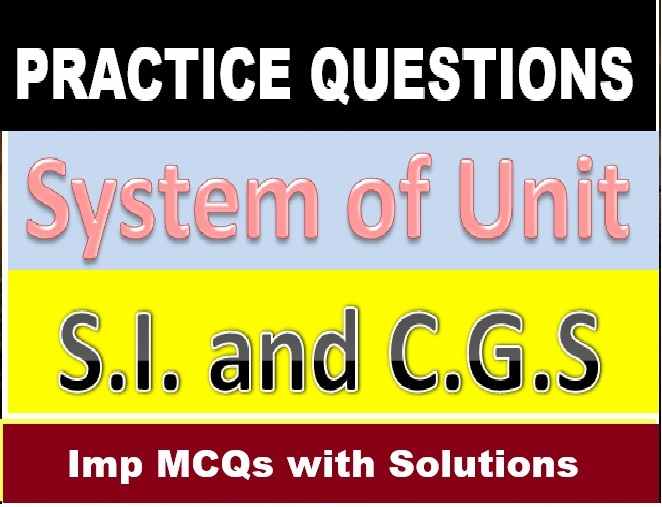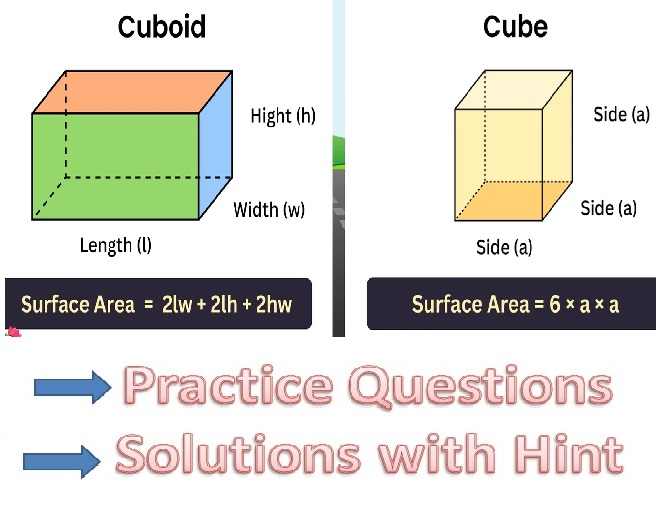Nootan Solutions Simple Harmonic Motion ISC Physics Class-11 Ch-23 Vol-2 Nageen Prakashan. Step by step Solutions of Numericals of latest edition of Kumar and Mittal ISC Physics Part-2 Class-11 Nageen Prakashan Questions. Visit official Website CISCE for detail information about ISC Board Class-11 Physics.
Nootan Solutions Simple Harmonic Motion ISC Physics Class-11 Ch-23
| Class: | 11 |
| Subject: | Physics Part-2 |
| Chapter: 23 | Simple Harmonic Motion |
| Board | ISC |
| Writer / Publications | Nootan / Nageen Prakashan / Kumar and Mittal |
| Topics | Solved Numericals of page 898, 899, 900 |
Nootan Solutions Simple Harmonic Motion ISC Physics Class-11 Ch-21 Vol-2 Kumar and Mittal
Simple Harmonic, Periodic and Oscillation Motion :-
Simple harmonic motion can be described as an oscillatory motion in which the acceleration of the particle at any position is directly proportional to the displacement from the mean position. It is a special case of oscillatory motion.
All the Simple Harmonic Motions are oscillatory and also periodic but not all oscillatory motions are SHM. Oscillatory motion is also called the harmonic motion of all the oscillatory motions wherein the most important one is simple harmonic motion (SHM).
In this type of oscillatory motion displacement, velocity and acceleration and force vary (w.r.t time) in a way that can be described by either sine (or) the cosine functions collectively called sinusoids.
Oscillation Motion :-
- To and fro motion of a particle about a mean position is called an oscillatory motion in which a particle moves on either side of equilibrium (or) mean position is an oscillatory motion.
- It is a kind of periodic motion bounded between two extreme points. For example, Oscillation of Simple Pendulum, Spring-Mass System.
- The object will keep on moving between two extreme points about a fixed point is called mean position (or) equilibrium position along any path. (the path is not a constraint).
- There will be a restoring force directed towards equilibrium position (or) mean position.
- In an oscillatory motion, the net force on the particle is zero at the mean position.
- The mean position is a stable equilibrium position.
Simple Harmonic Motion or SHM :-
- It is a special case of oscillation along with straight line between the two extreme points (the path of SHM is a constraint).
- Path of the object needs to be a straight line.
- There will be a restoring force directed towards equilibrium position (or) mean position.
- Mean position in Simple harmonic motion is a stable equilibrium.
Types of Simple Harmonic Motion :
SHM or Simple Harmonic Motion can be classified into two types:
- Linear SHM
- Angular SHM
Linear Simple Harmonic Motion :-
When a particle moves to and fro about a fixed point (called equilibrium position) along with a straight line then its motion is called linear Simple Harmonic Motion.
Angular Simple Harmonic Motion :-
When a system oscillates angular long with respect to a fixed axis then its motion is called angular simple harmonic motion.
Time Period and Frequency of SHM :-
The minimum time after which the particle keeps on repeating its motion is known as the time period (or) the shortest time taken to complete one oscillation is also defined as the time period.
T = 2π\ω
Frequency: The number of oscillations per second is defined as the frequency.
Frequency = 1/T and, angular frequency ω = 2πf = 2π/T
Nootan Solutions Simple Harmonic Motion ISC Physics Class-11 Ch-23 Vol-2
(Page – 898)
CONTACT FOR LIVE CLASSES- 9335725646
-: End of Simple Harmonic Motion Nootan Solutions :-
Return to – Nootan Solutions for ISC Physics Class-11 Nageen Prakashan
Thanks
Share with your friends


